2024 Aston Martin Valour | PH Review
The manual, V12 Aston Martin lives to fight another day - in some style, too
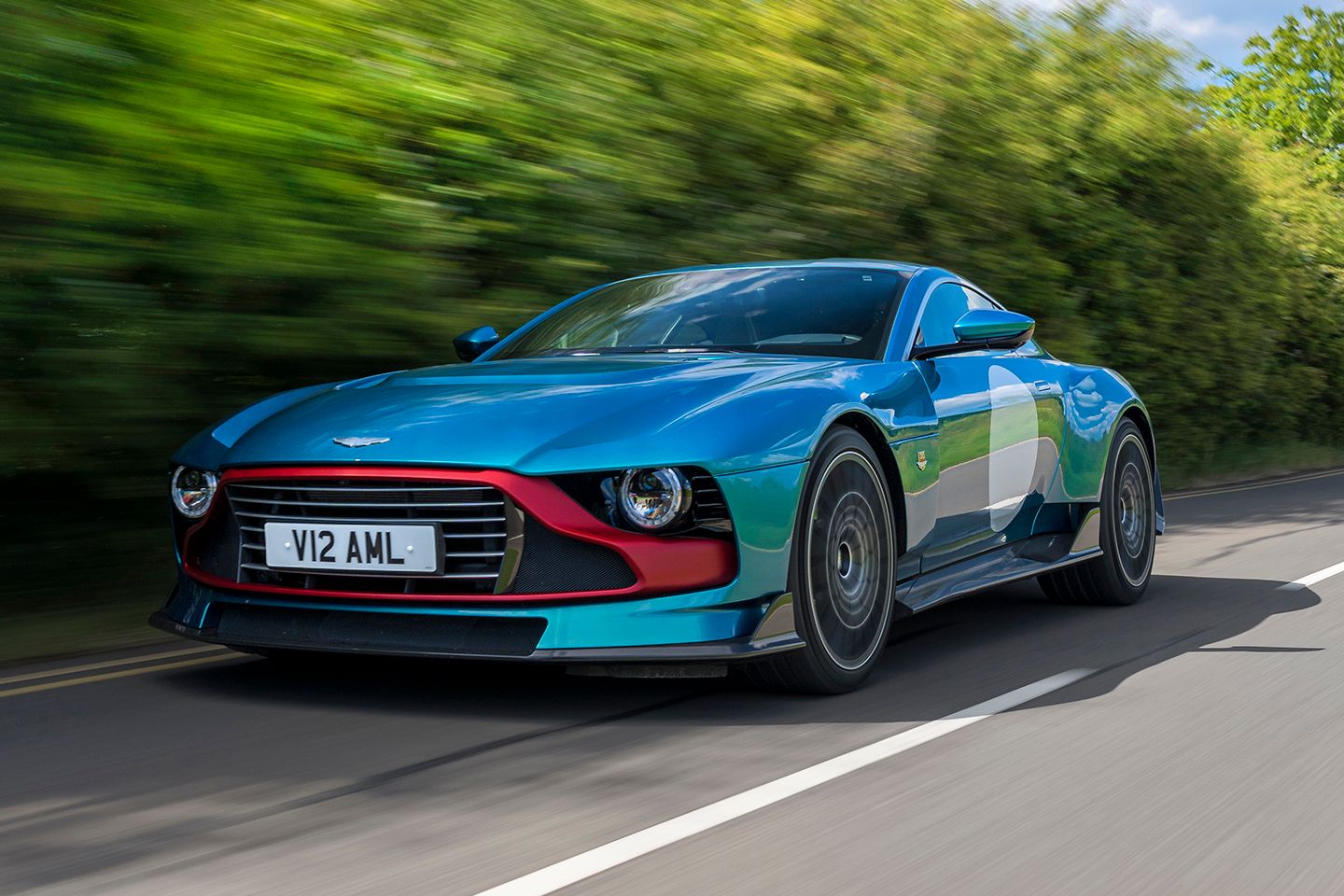
The demise of the manual gearbox probably hasn’t escaped your attention. When a new Porsche 911 is launched without one, it features in a BMW sports car only as a special edition and tends to be the exception rather than the norm in a hot hatch, things don’t look good. Not in the mass market, at least; among exotica, the situation could hardly be more different. Apparently multi-millionaires really like partying like it’s 1999, rejecting electrification and embracing all things 12-cylinder and six-speed. Look at how all the Gordon Murray cars have been received; Horacio Pagani seemingly can’t move for people wanting to spend millions on a manual that looks like a Zonda. That Aston Martin’s glorious Victor was universally adored came as no surprise whatsoever; the curious thing was that there wasn’t more of them.
The Valour is Aston’s slightly less extreme interpretation of the Victor’s retro appeal, and one that emphatically proved the validity of the concept: all 110 sold out within a fortnight of the reveal last year. At more than a million pounds a pop. The key details will probably be familiar, but just in case they aren’t the Valour is powered by a 715hp version of the twin-turbo V12 from the old DB11 and DBS; it’s evolved from their chassis architecture as well, albeit with bespoke dampers, geometry settings and chassis strengthening. The diff is mechanical rather than electronic. The gearbox is an all-new six-speed Graziano unit, hopefully distancing Aston manuals from the slightly awkward seven-speed affair.
Presented with both that drool-worthy specification and the finished vehicle, it isn’t hard to see why every Valour was spoken for in a fortnight. Not only is it more compact than might be expected, it very cleverly combines retro nods with modern styling features; the Valour is its own thing, never coming across as a pastiche or merely a light rework of an existing product. This particular colour scheme of course guarantees attention, contrast lipstick and all, but the more you look the more there is to appreciate. The Kamm tail and chunky diffuser make for a rear end unlike any other Aston Martin (save the Victor), the box arches are a fantastic throwback detail and the front headlights perfectly evoke the old Vantages without being slavish. You suspect owners might be happy to overlook the old interior - albeit one usefully glammed up with racy seats upholstered in tweed like a DBR1 - because of the exterior styling.
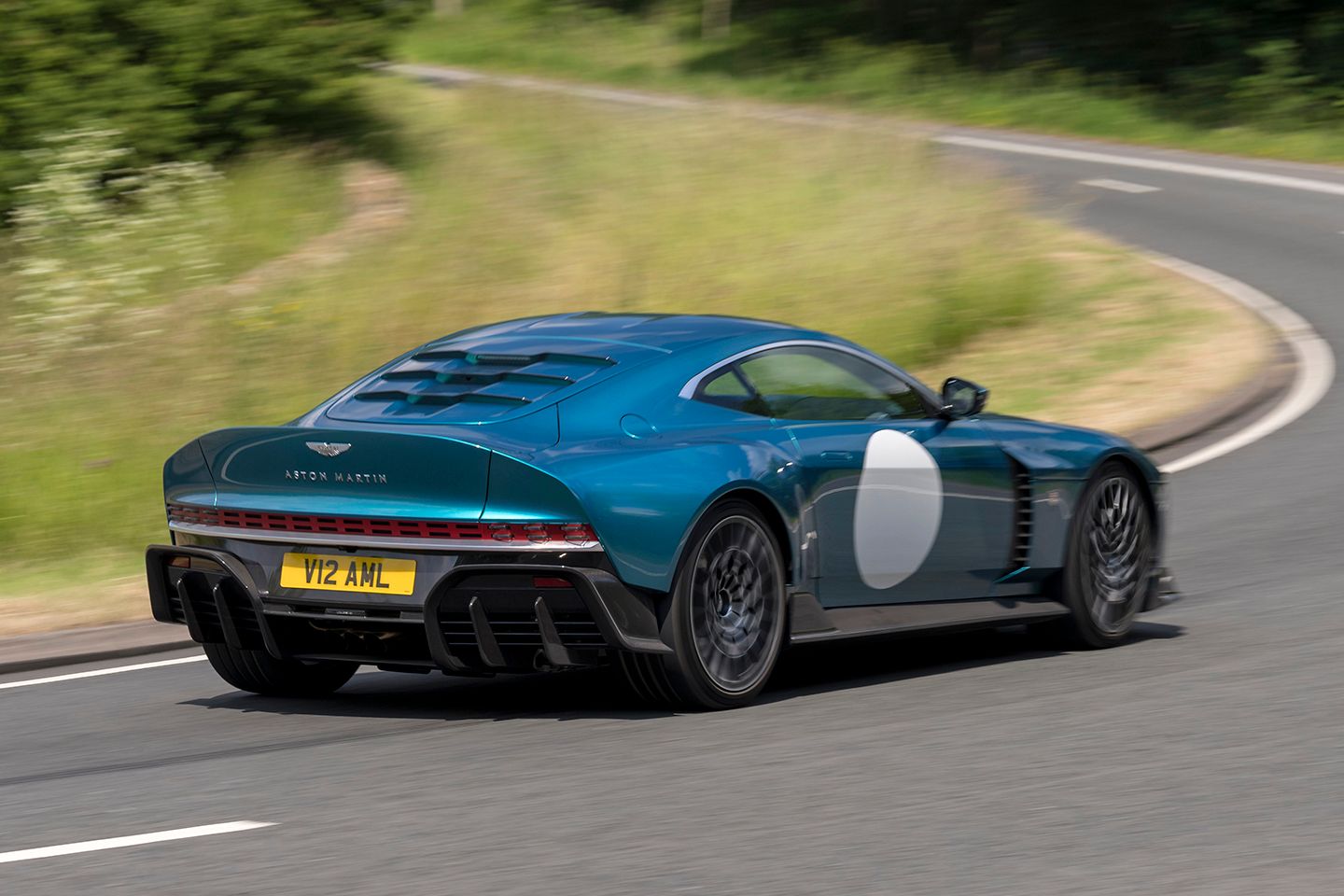
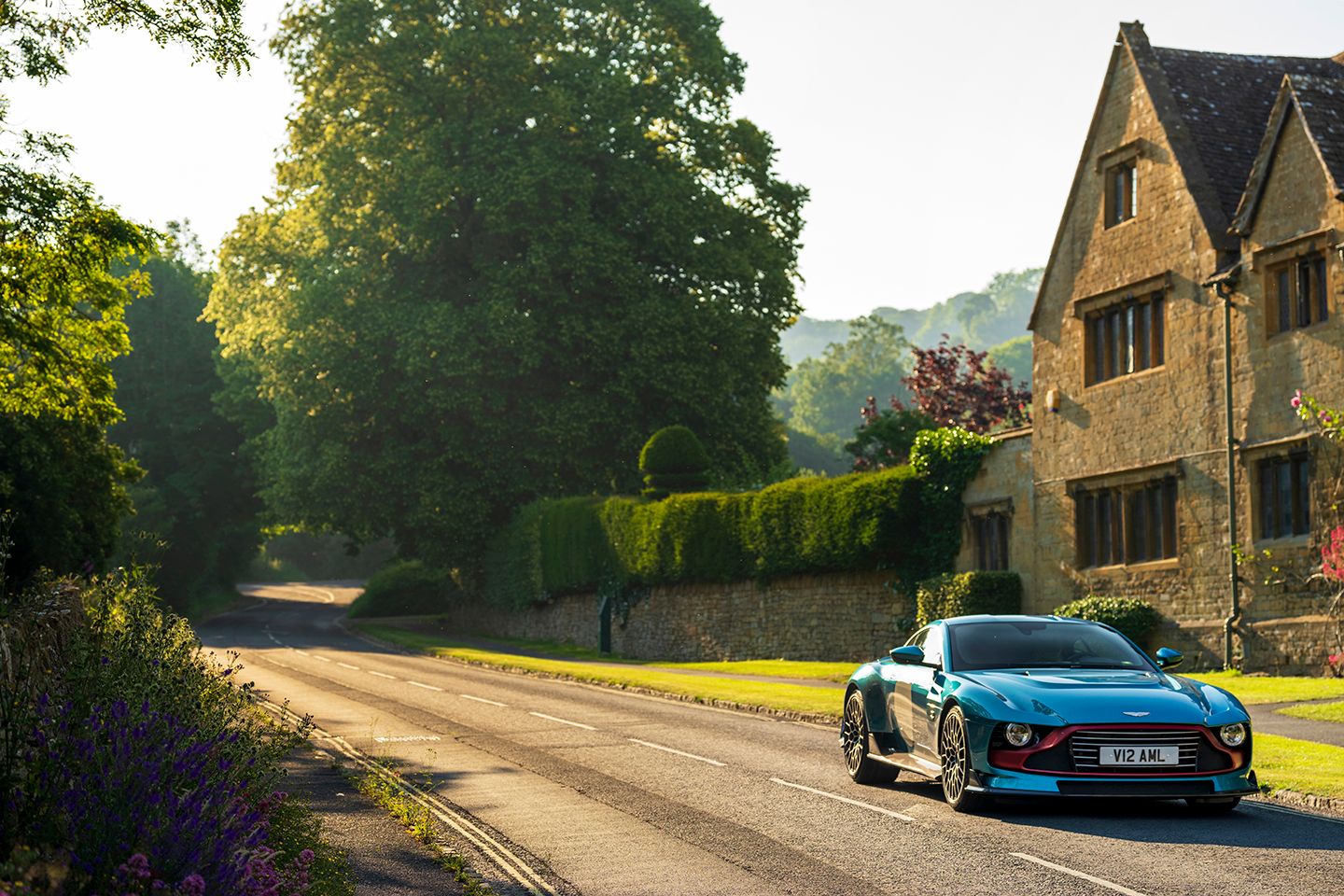
Plus, of course, they’ll be gleefully distracted by an exposed six-speed manual in a brand-new Aston Martin. Screen resolution and ergonomics feel secondary to more than seven hundred horsepower, a dozen cylinders and a clutch pedal. Leaving the hotel car park gives the first clue to the Valour’s character. With onlookers gawping and a lot of lock required, it’s a cinch, bite positive and that torquey V12 meaning it can be started without any throttle at all if needed. No ungainly rev flares or kangarooing down the road here. The Valour immediately feels kinder than the intimidating aesthetic suggests.
Indeed, much of the driving experience is friendlier and more benign than might have been expected for a car so unashamedly old-school in its approach. It’s busier than anything related, keener to sniff out surface changes and tauter in all its suspension modes, though never does it feel unruly or overly aggressive. The Valour has been pitched as a road car first and foremost (there’s the Valiant to follow, don’t forget) and feels exactly that in the best way possible. There’s some well-controlled give in the chassis so you can feel from behind the wheel the weight moving around; it immediately makes for a more engaging drive than something ruthlessly flat and tied down, begging for a circuit to show off aero grip. Even in Track mode, the Valour isn’t unbearably stiff. It’s alive and absorbing, for sure, without ever threatening to be too much.
In the nicest way possible, it feels more classic than contemporary - likely deliberate given there’s probably a Valkyrie in the owner's garage. Turn-in is accurate and front end grip enormous, though the steering doesn’t dart from the first degrees of lock; the LSD can be felt powering the Valour from the bend confidently, without trying to contrive sensations in the style of a drift mode; there’s great throttle response with a little bit of lag, so 3,000rpm is required for the full (considerable) wallop. It’s a car that needs some thought, with ample reward. The Valour isn’t gratuitous, either, heavy and hard work for the sake of it. The controls require some heft, for sure, but there’s a consistency across every input that means nothing stands out and the car feels very harmonious. Manual Astons haven’t always been known for their cohesion - the idea of them has often proved more likeable than the execution - so this feels like a significant (and welcome) change.
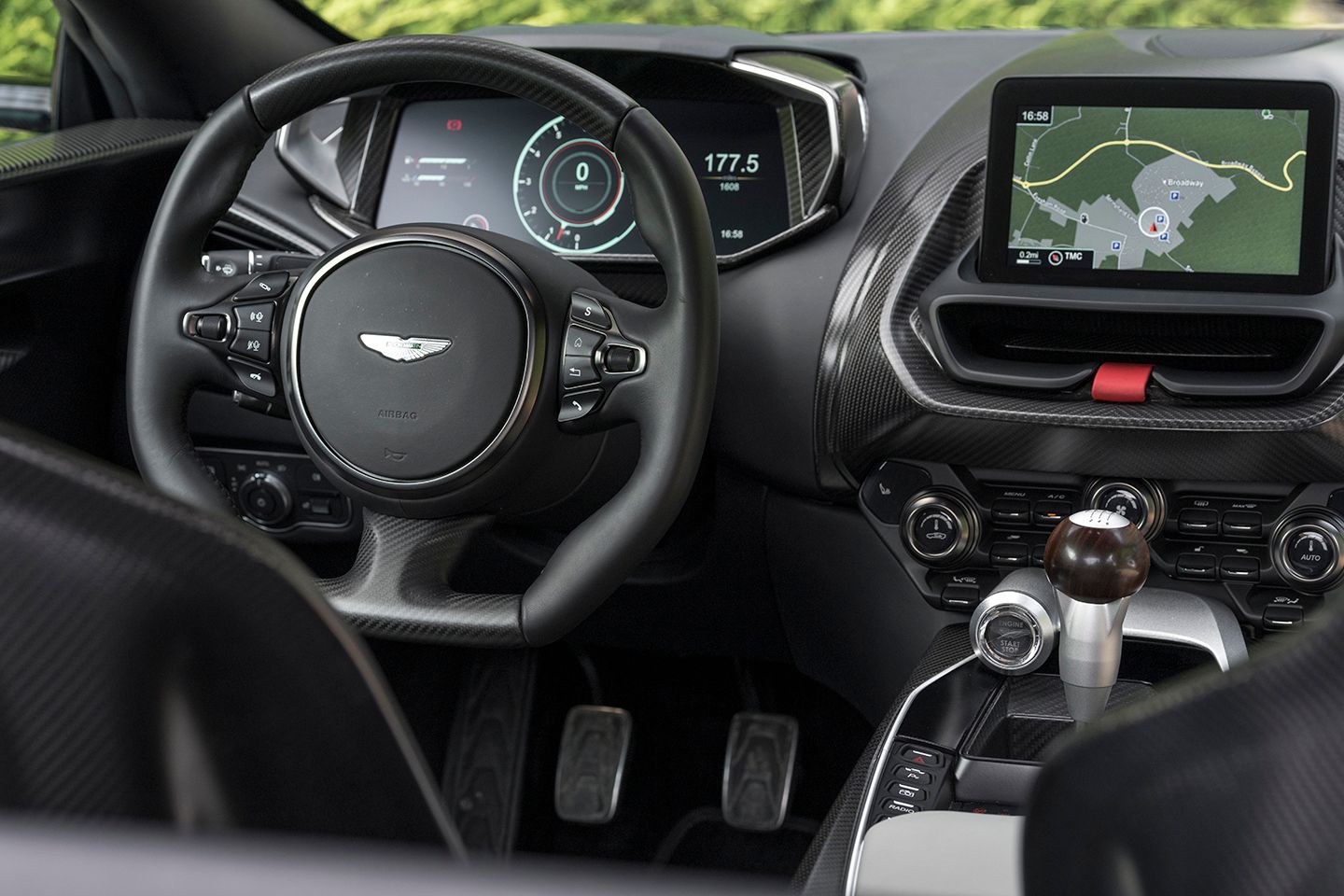
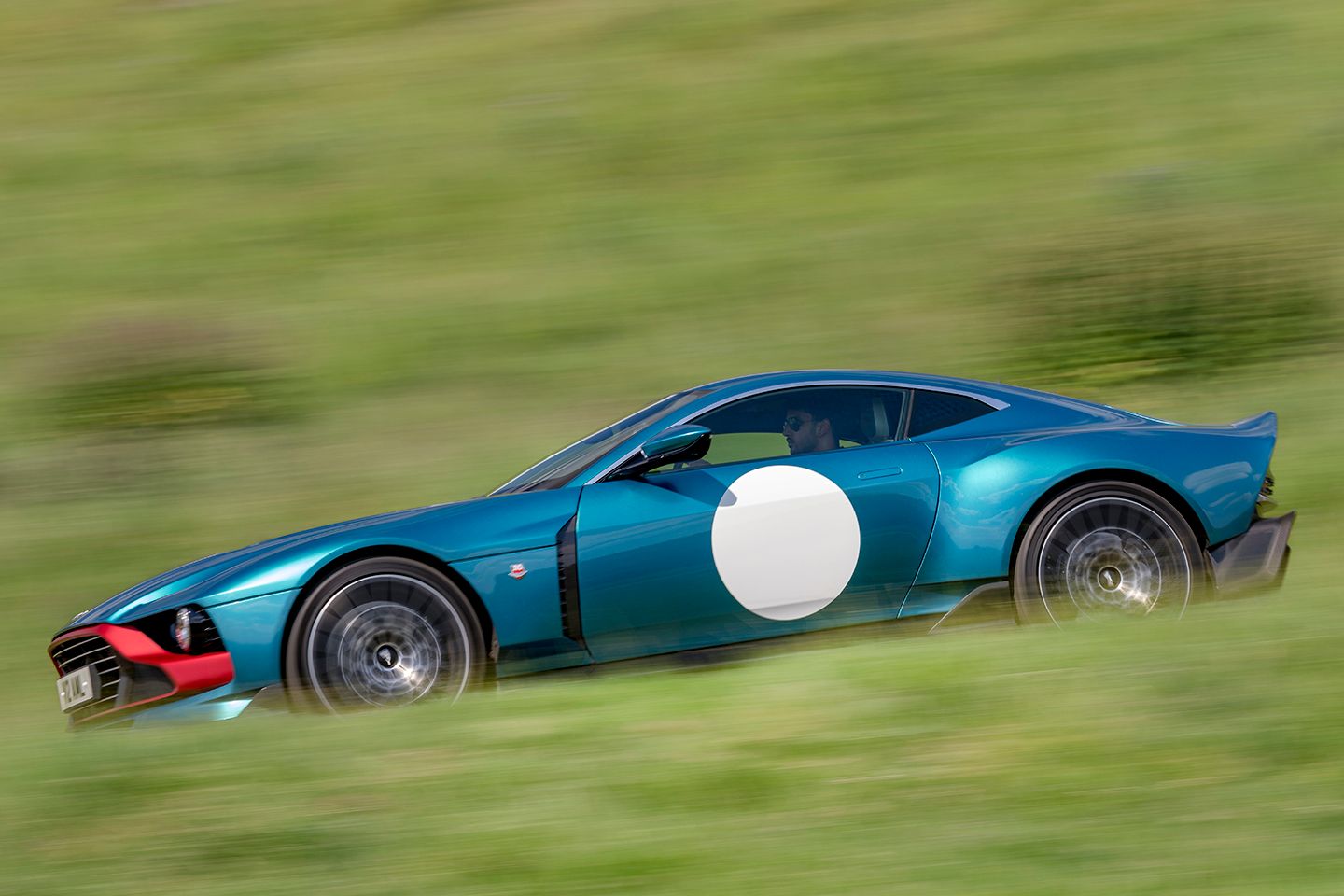
Because nothing happens by accident, and because your participation is required to get the best from the car, confidence grows pretty quick. Front-engined, rear-drive cars are good for that - but not always 700hp ones. Soon you’ll learn that traction is immense, and the diff really trustworthy, so the throttle can be committed to early in a bend. There’s nothing revolutionary about the approach, where a bit of patience is needed compared to something mid-engined but the trust comes quick, and there doesn’t need to be when it’s done well: from Caterham Seven to BMW M3 and Toyota GR86 to Ferrari Roma, precious little beats the accessibility and exploitability of engine up front and drive going back. Count the Valour in as one of the good ones. Suffice it to say that this is an Aston that would surely benefit from the new Vantage’s 10-stage traction control system, rather than just ESC Sport, to take full advantage.
Moreover, to return to the presence of three pedals, nothing quite involves you like a manual gearbox. A good one, too, direct and satisfying where Aston Manuals have seldom hit the spot. Like all the major controls, the six-speed has some weight to it, albeit just the right amount to feel part of the action rather than dominated by the car. The ratios are reasonably long but it doesn’t matter so much with loads of mid-range welly; short shifting and riding the torque is almost as good as getting every last rev. Where a concern lingered that a manual V12 Aston of this performance level might be a bit OTT, it’s an entertaining and richly rewarding powertrain. With a chassis this sorted beneath it, more than 700hp isn’t too much for a manual, not by a long chalk. And that’s great.
What a pity, then, that there’s not a bit more V12 theatre to back up the performance, the sense of occasion, and the joy from behind the wheel. The sound is good, smooth, melodic and with some hints of old F1 car, it just needs the volume turning up. The occasional pop from the titanium pipes sounds good, but they are heard too seldom. Even Track doesn’t quite make the spine tingle. Less excusable is a gearknob the size of a snow globe; such a slick, precise transmission deserves a much nicer shifter. Q Division offers every possible material for the top of the gearstick, but what it really needs is something smaller and wieldier. Shame.
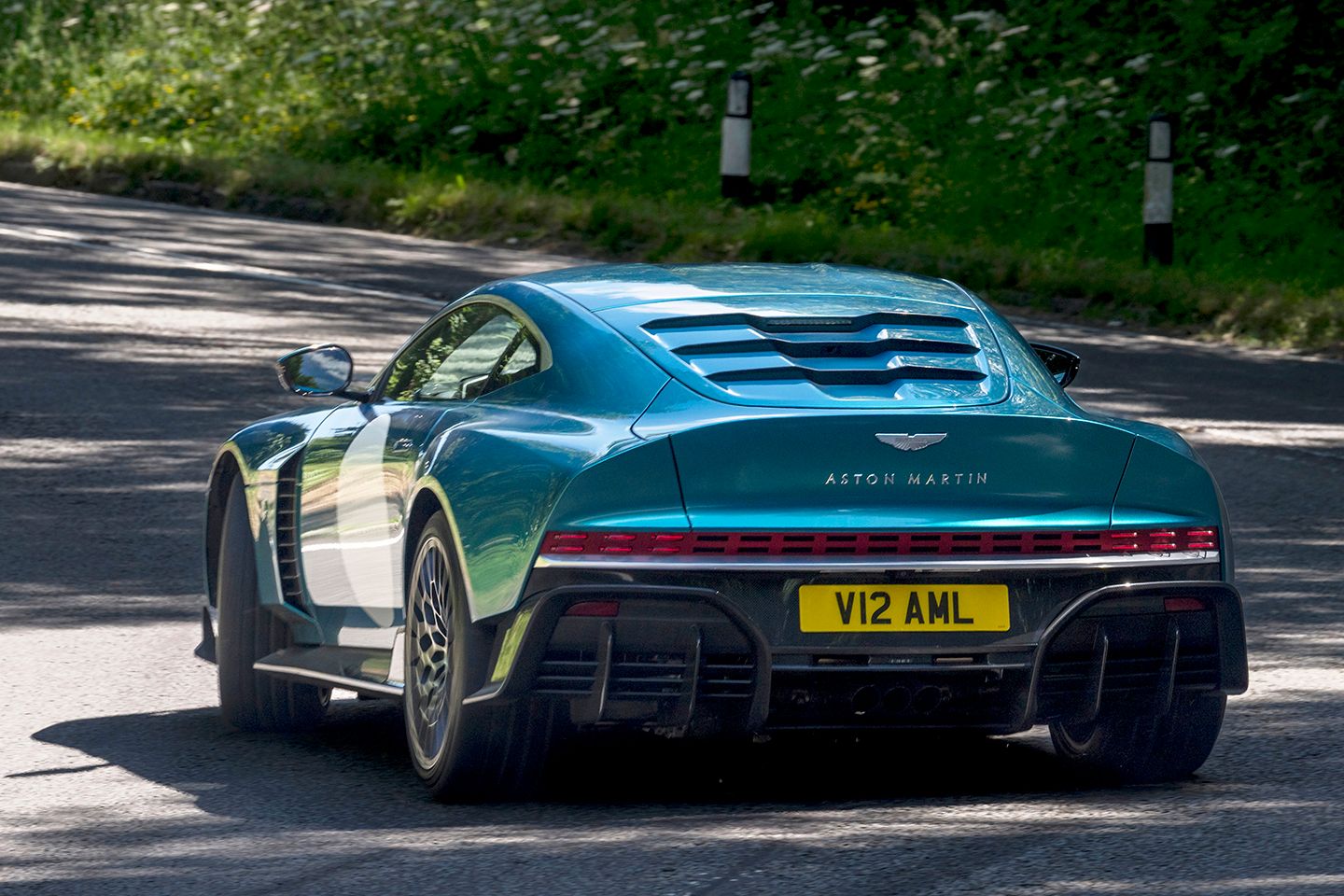
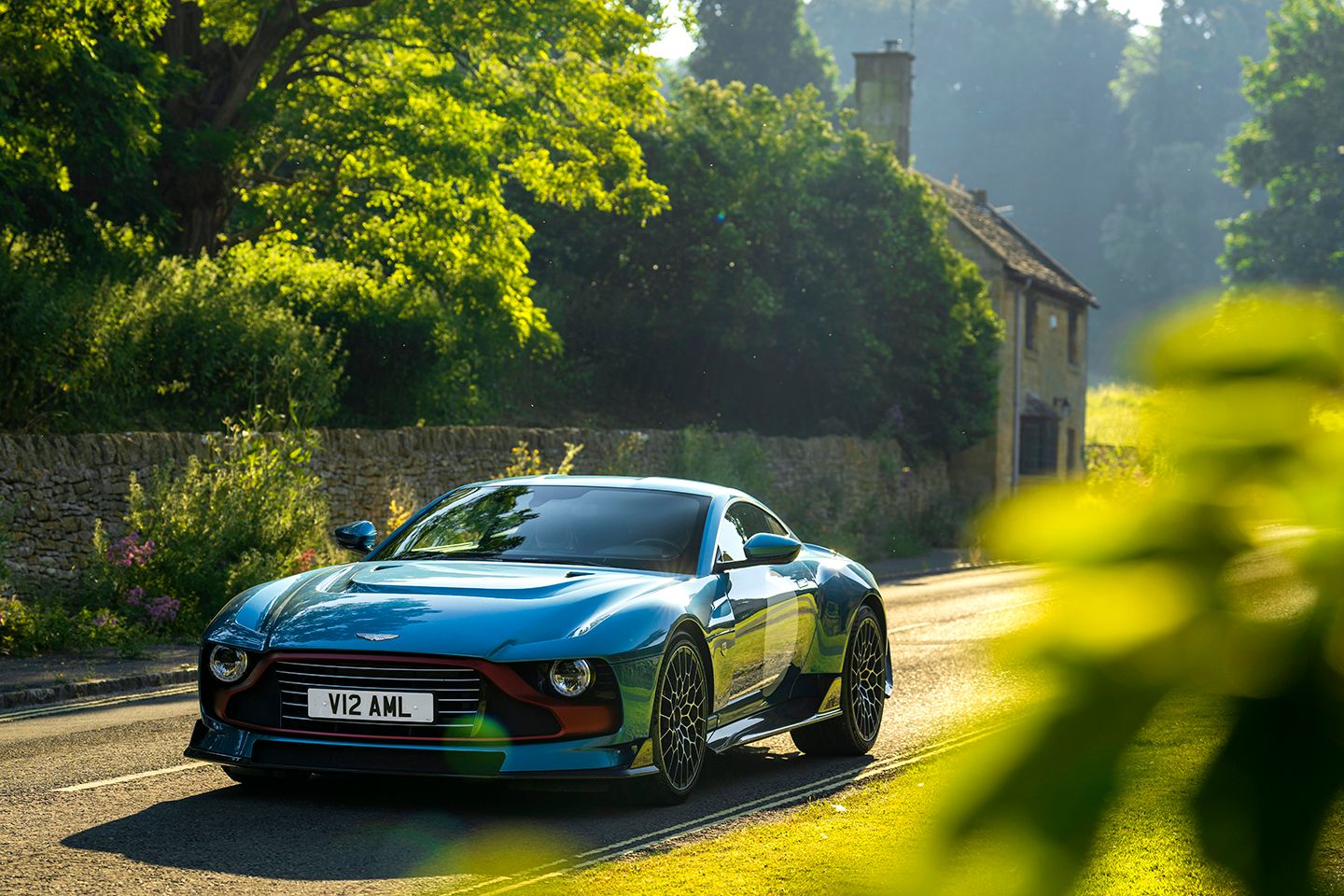
Even those niggly details, however, aren't enough to spoil an overwhelmingly positive view of the Valour. The gearbox and the power output and the look would have been enough on their own to sell this car to collectors. So it’s to Aston’s considerable credit that it’s been properly, methodically engineered as well, a model in its own right and not ‘just’ a manual DBS; those that want to take their car out are going to find it a richly rewarding sports car experience. A very neat compromise has been struck where the miles don’t glide by in GT fashion, though nor are they merely to be endured when not at maximum attack. You’re part of a beautiful, well-honed machine, not just an observer. And that feels fantastic.
In fact, so far is it from being a highly-strung, limited-run super sports car, the Valour feels perfectly suited to regular use. Which is both its most compelling feature and arguably its most significant drawback: while it’s great that a V12 manual Aston Martin like this can be so agreeable, some might think a seven-figure special edition should have a bit more edge to it. If it’s only going to be used occasionally, why not make the sound, response and feel that bit more unforgettable? But probably that will be the job of the Valiant. As it is, the affable character means there’ll be no excuse not to use a Valour at every opportunity - the execution is even better than the concept. By honouring the past but keeping the Valour modern and relevant, Aston Martin has created a fabulous manual V12 - long may they continue.
SPECIFICATION | ASTON MARTIN VALOUR
Engine: 5,204cc, twin-turbo V12
Transmission: 6-speed manual, rear-wheel drive
Power (hp): 715
Torque (lb ft): 555
0-62mph: c. 3.5 secs
Top speed: c. 200mph
Weight: N/A
MPG: N/A
CO2: N/A
Price: £1m+
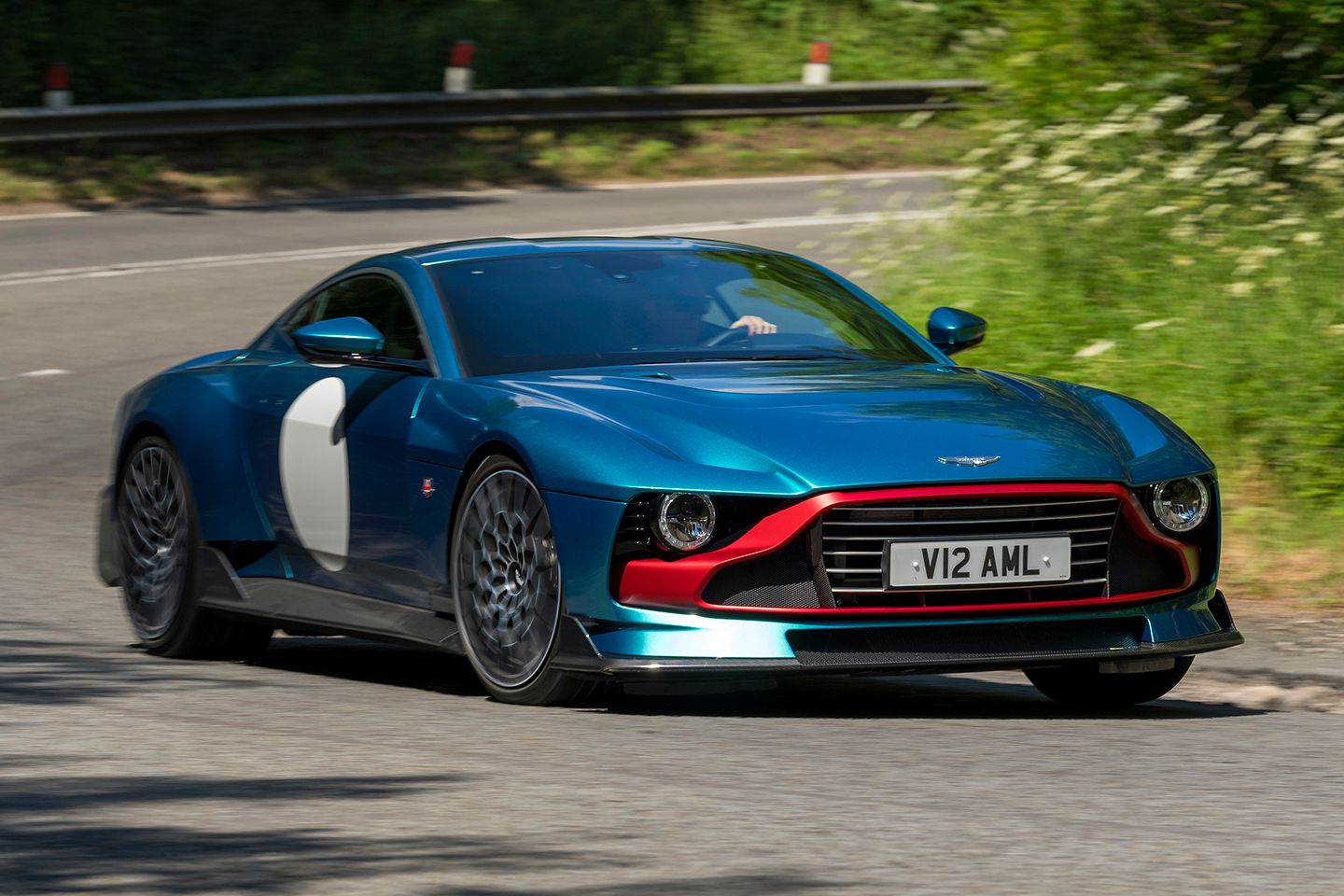



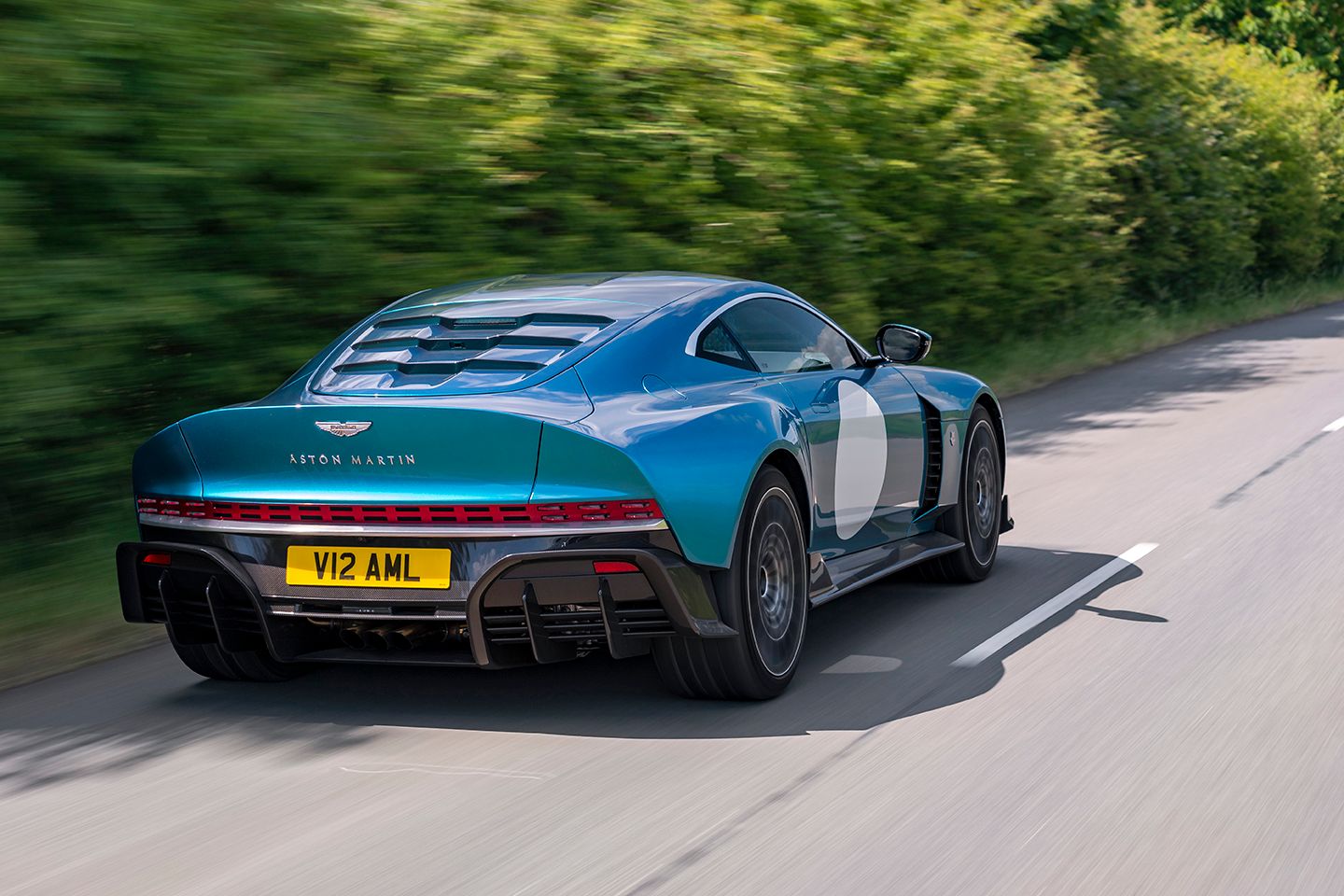

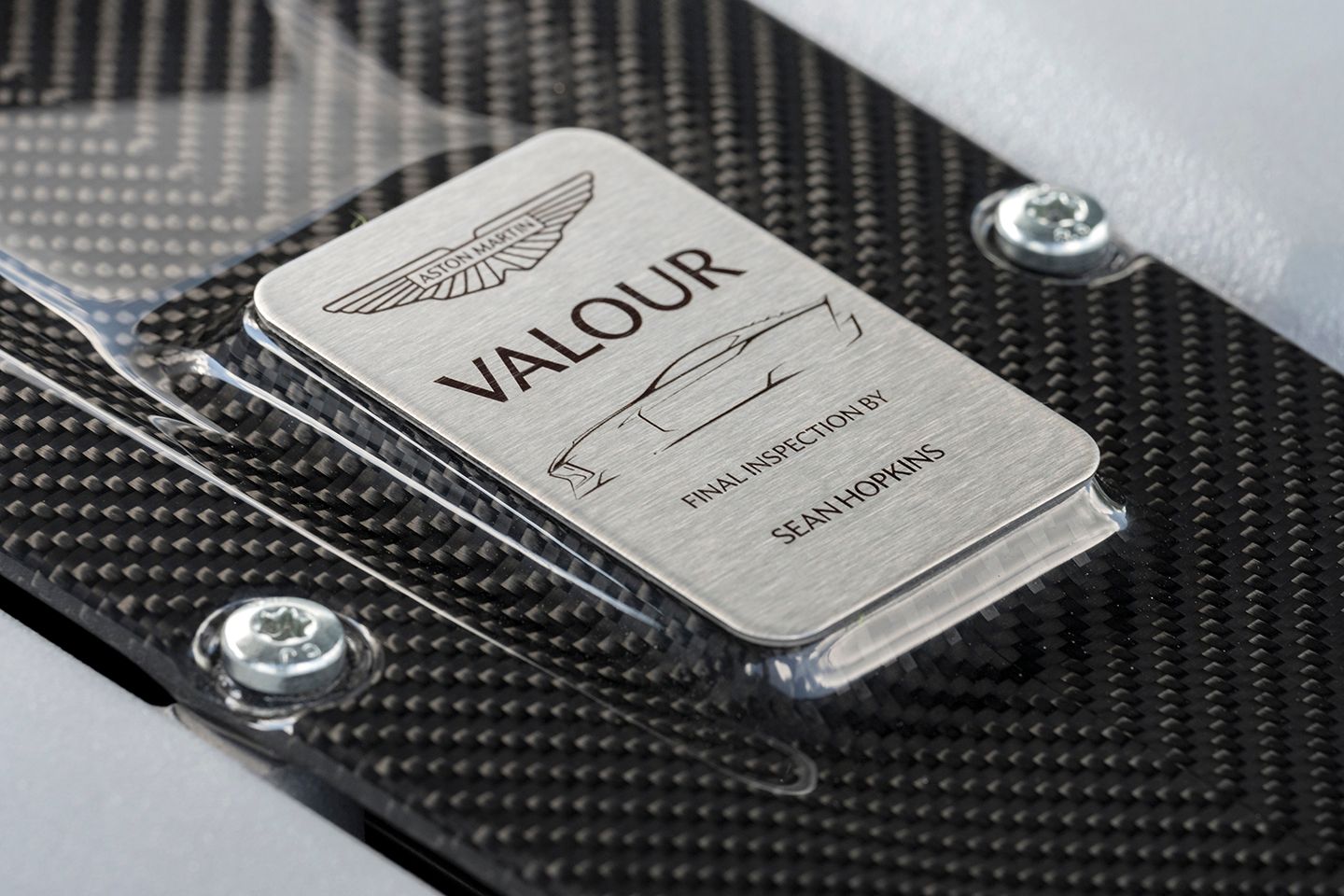
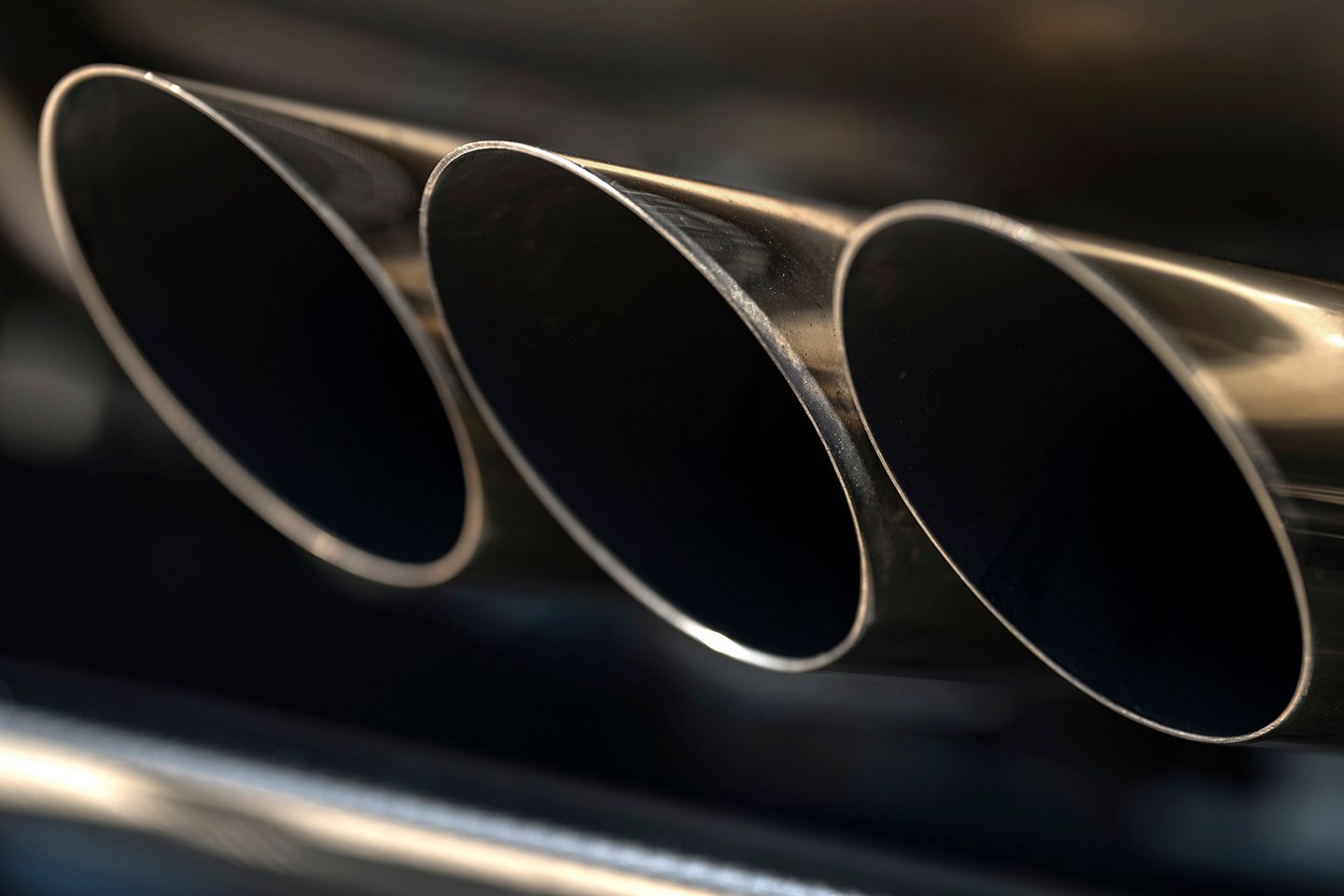
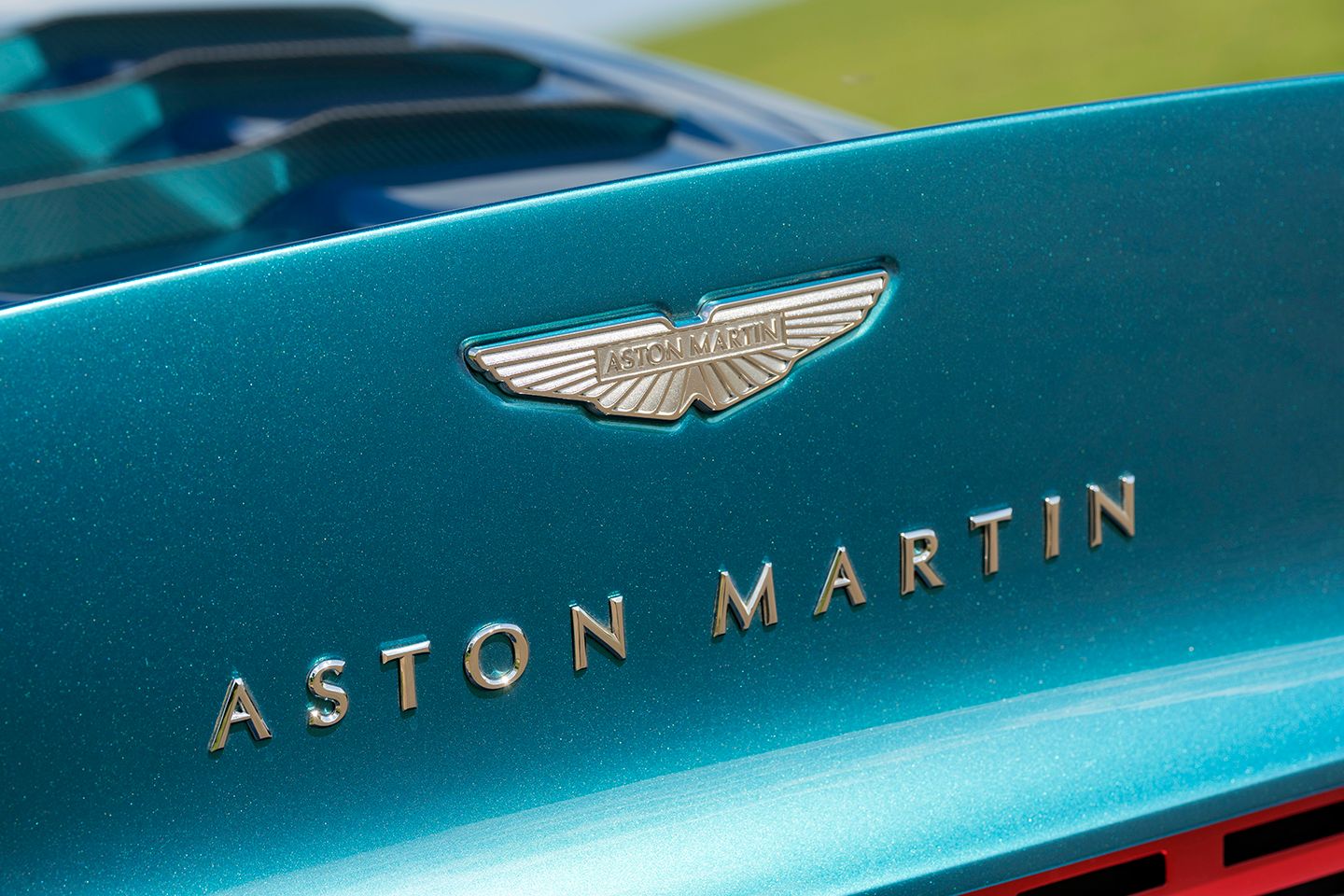
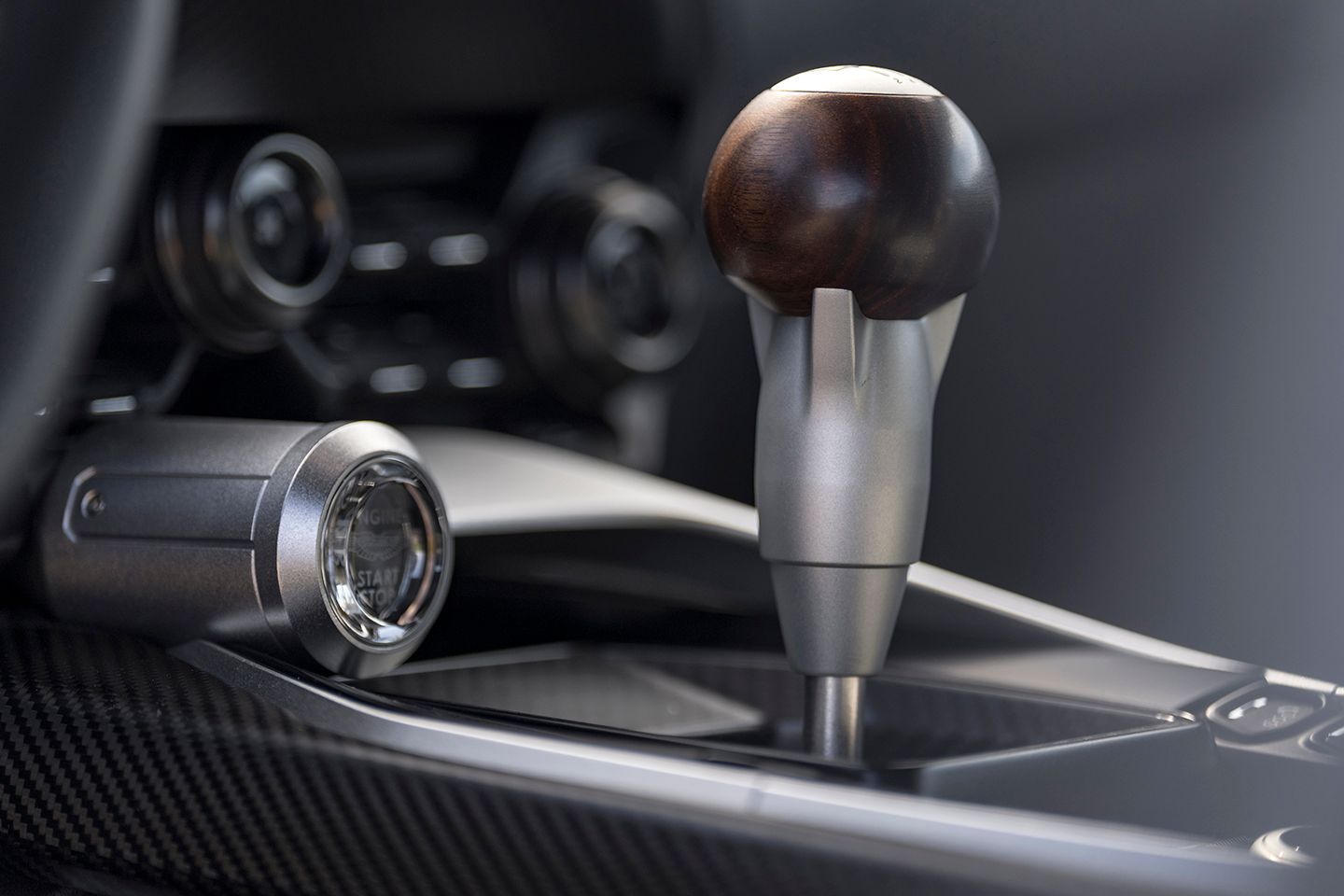
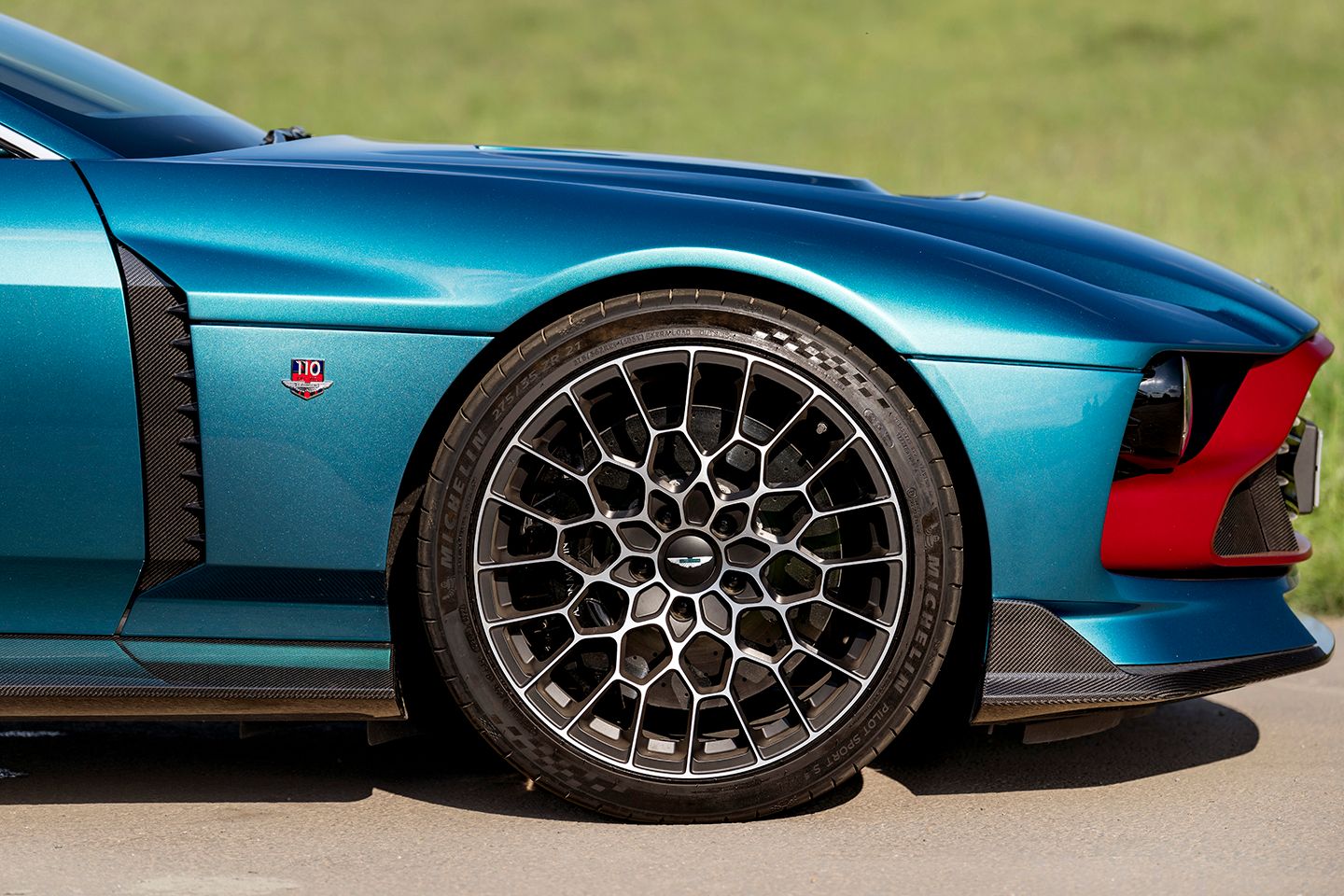
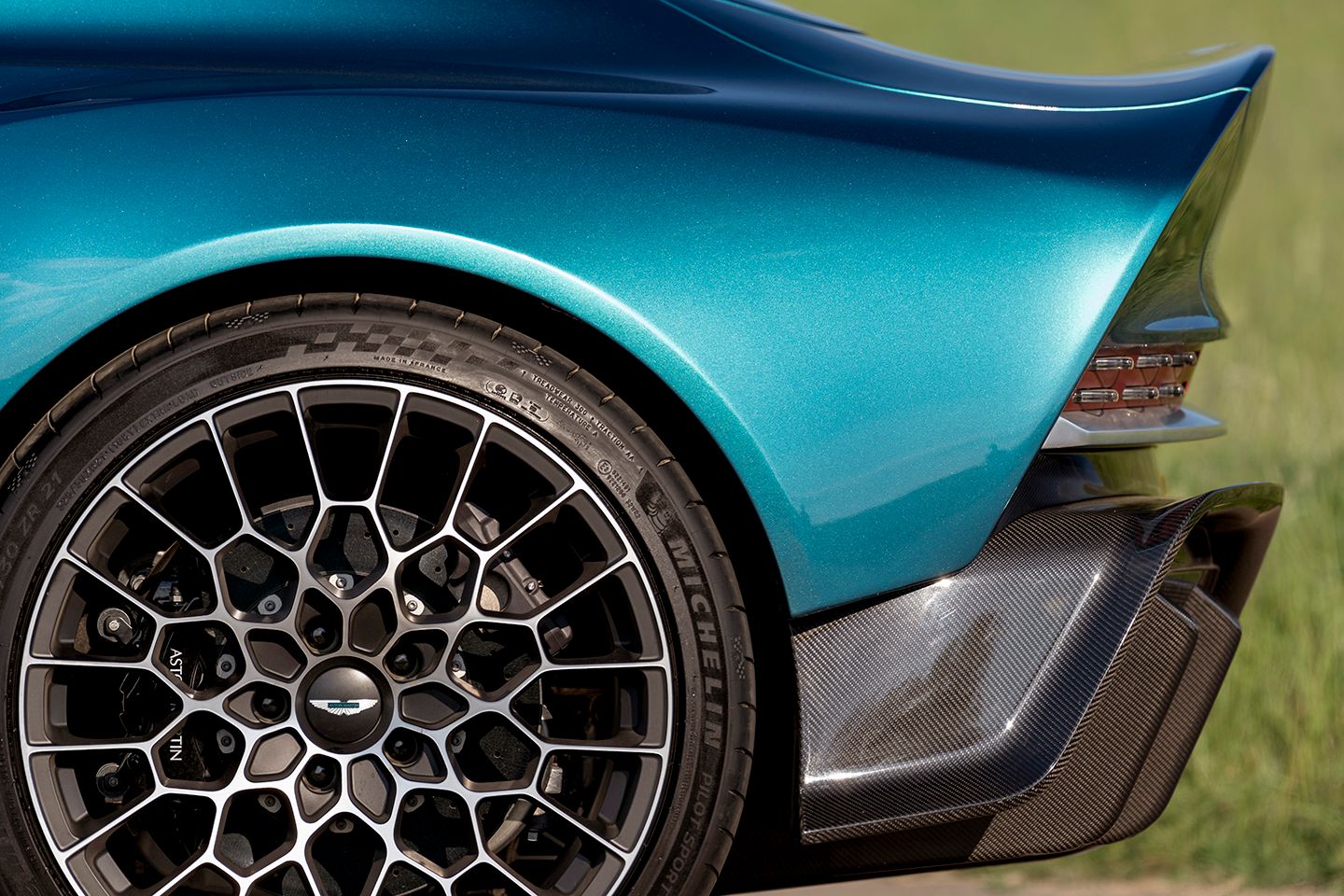

Gassing Station | General Gassing | Top of Page | What's New | My Stuff



